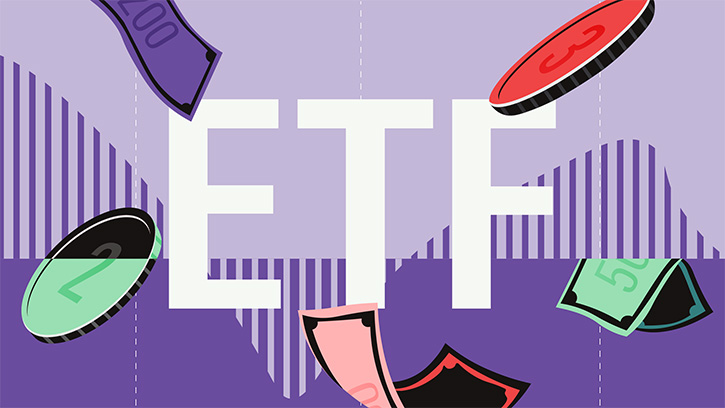Analyst Note, Allen Good, 29/10/2014
Statoil’s third-quarter adjusted earnings fell to NOK 30.9 billion from 40.4 billion a year ago on lower production and commodity prices and higher costs. The company reported an unadjusted loss of NOK 4.8 billion compared with a gain of 13.7 billion a year ago due to a NOK 13.5 billion impairment charge of its Canadian assets. Equity production slipped about 1% to 1,829 mboe/d from 1,852 mboe/d last year. However, the lower production was due in part to divestments and a decision to produce less natural gas given low prices.
These issues more than offset new project startups in the last year. Statoil continues to expect production of about 2% in 2014, adjusting for divestments. Higher depreciation from the new project startups weighed on margins and earnings while operating costs increased largely on one-time items. Positively, Statoil announced divestments totaling $3.5 billion during the quarter, including NCS assets and its stake in Shah Deniz.
These efforts play a critical role in the company’s efforts to stabilize declining returns in the coming years. However, as we’ve previously explained, we think that will be difficult to do without higher oil prices. As a result we continue to see Statoil delivering poor returns despite efforts to cut spending and improve project economics. This was a contributing factor to the recent downgrade to a no-moat rating from narrow. We plan to update our model with the latest guidance and results, but do not anticipate a change in our fair value estimate.
Bull og bear scenarier for Statoil
Bulls say
- Recent discoveries on the NCS in the Barents Sea indicate that resources remain and allow the company to use existing infrastructure to fast-track production.
- Statoil benefits from proximity to continental Europe, where natural gas demand is expected to increase as a result of usage for electricity generation to meet carbon emission reduction goals.
- Statoil is at the forefront of innovation and use of technology in exploration and production. Reserves in harsh environments and deep water, such as the Arctic, are within the company's reach because of experience and subsea technology.
Bears say
- With 80% of production coming from the NCS, Statoil is highly leveraged to production fields that have been in decline since 2001. Efforts to increase production from declining fields could be costly.
- Exploration and production in politically sensitive areas is unpredictable, and the company's technology and expertise may not always translate to the new environments.
- Statoil is a relatively new entrant into U.S. unconventional resources. Its lack of experience may result in poor performance or lackluster returns.
©2014 Morningstar. All rights reserved. The information, data, analyses, and opinions contained herein (1) are proprietary to Morningstar, Inc. and its affiliates (collectively, “Morningstar”), (2) may not be copied or redistributed, (3) do not constitute investment advice offered by Morningstar (4) are provided solely for informational purposes and therefore are not an offer to buy or sell a security, and (5) are not warranted to be accurate, complete, or timely. Certain information may be self-reported by the investment vehicle and not subject to independent verification. Morningstar shall not be responsible for any trading decisions, damages, or other losses resulting from, or related to, this information, data, analyses or opinions or their use. Past performance is no guarantee of future results.

















